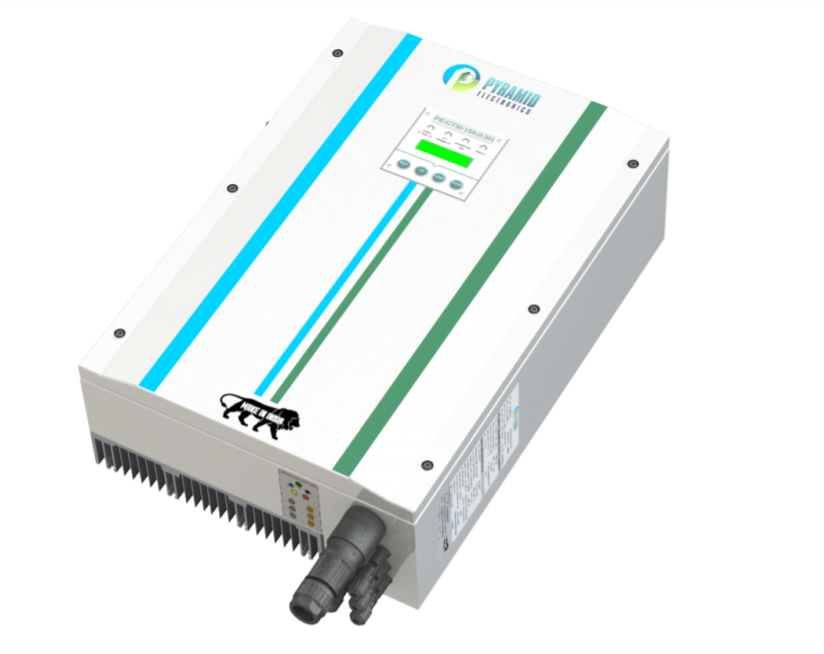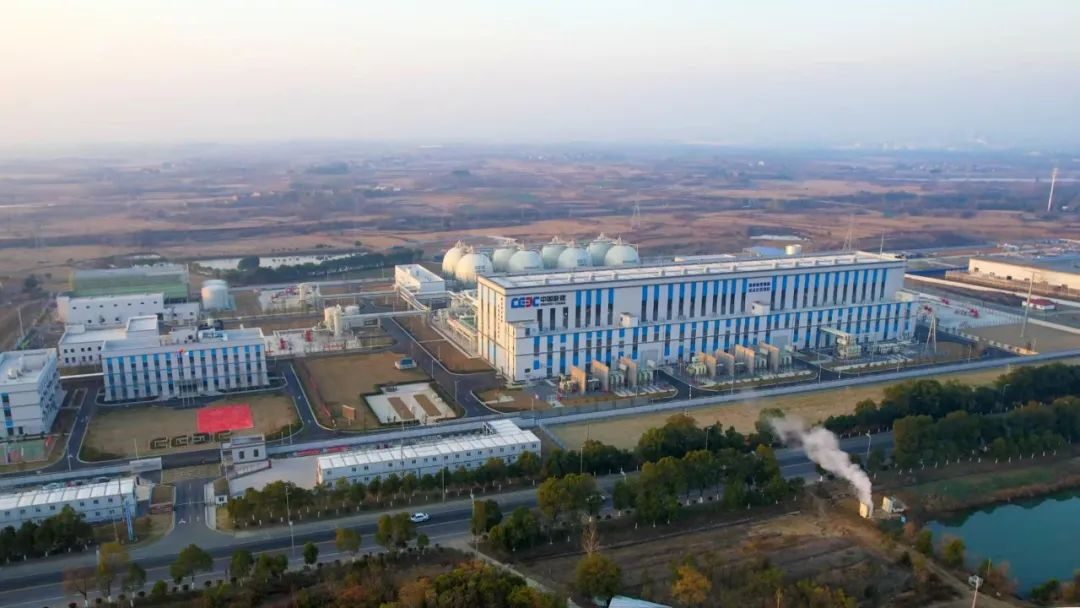From pv magazine India
Haryana-based Pyramid Electronics has unveiled new three-phase, grid-tie string inverters for residential and commercial rooftop solar applications. The inverters are based on silicon carbide (SiC) technology to provide high power conversion efficiencies and greater power density.
The inverters are available in power ratings ranging from 5 kW to 15 kW, with maximum input DC voltage of 1,000 V. The 10 kW, 12 kW, and 15 kW inverters have three maximum power point trackers – one for each of the three PV strings that can be connected to the inverter. The MPPT range is 80 V to 800 V DC.
With triple MPPT trackers, the paralleling of PV strings does not happen inside the inverter, resulting in better MPPT efficiency, according to the manufacturer.
The 15 kW inverter offers an efficiency of 98.2% to 98.4% and a European efficiency of 97.5%. It weighs 29 kg and measures 600 mm x 420 mm x 185 mm.
Three PV strings of 15 to 20 panels in series can be connected to the 15 kW inverter. With a maximum continuous input current of 17 A per PV string, the inverter is even compatible with high-power bifacial monocrystalline PV panels, with a maximum power point current up to 15 A.
With the maximum continuous grid current of 25 A (per phase), the inverter has overload capabilities and can feed up to 18 kW of power into the grid at a nominal grid voltage of 415 V.
For remote monitoring, Wi-Fi has been integrated into all of the inverters. End users will be able to remotely monitor their solar energy generation by using the company’s mobile application, Pyramid Solar, which is available for both Android and IOS.
This content is protected by copyright and may not be reused. If you want to cooperate with us and would like to reuse some of our content, please contact: editors@pv-magazine.com.




By submitting this form you agree to pv magazine using your data for the purposes of publishing your comment.
Your personal data will only be disclosed or otherwise transmitted to third parties for the purposes of spam filtering or if this is necessary for technical maintenance of the website. Any other transfer to third parties will not take place unless this is justified on the basis of applicable data protection regulations or if pv magazine is legally obliged to do so.
You may revoke this consent at any time with effect for the future, in which case your personal data will be deleted immediately. Otherwise, your data will be deleted if pv magazine has processed your request or the purpose of data storage is fulfilled.
Further information on data privacy can be found in our Data Protection Policy.